Kim Polese
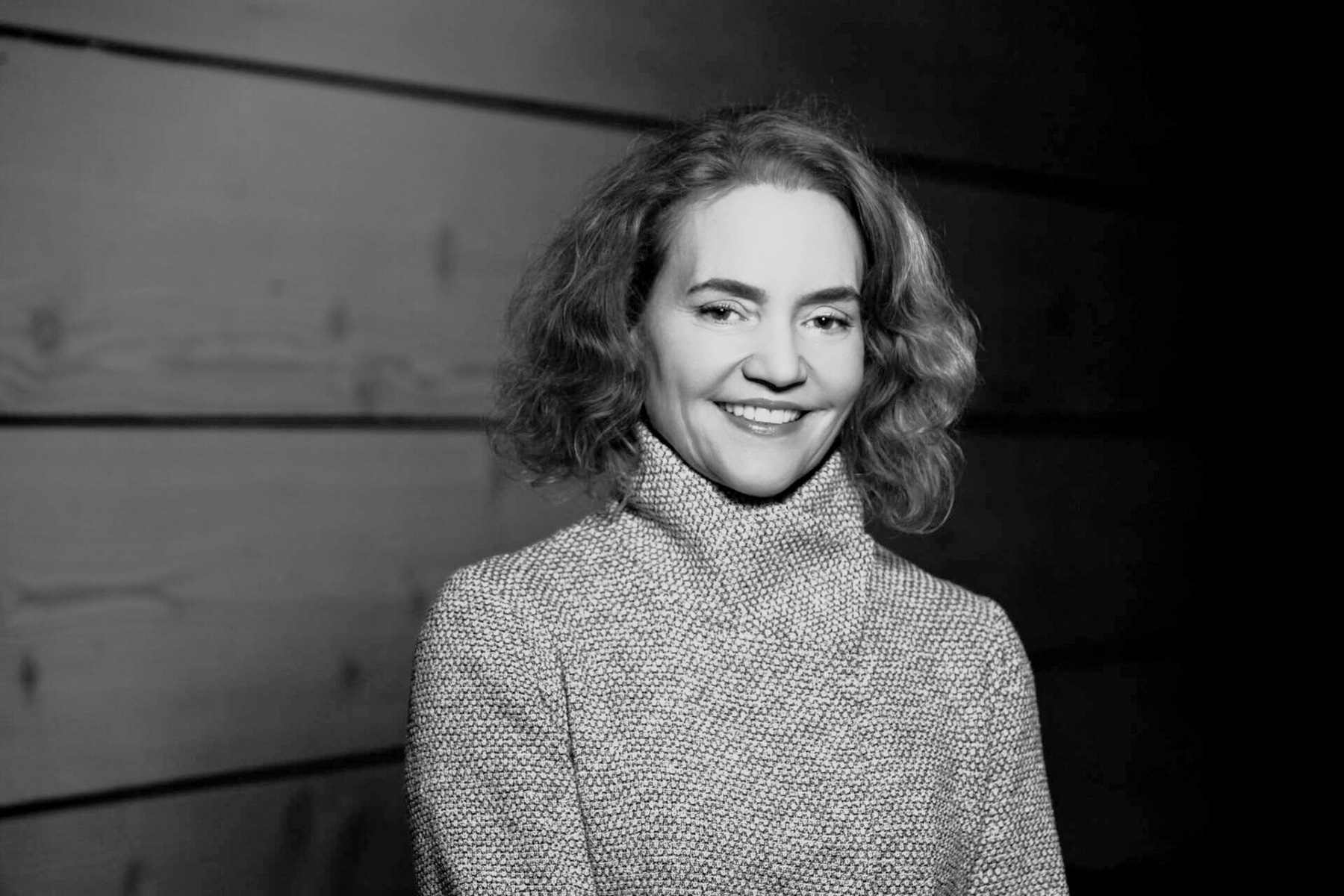
Kim Polese
Kim Polese grew up in Berkley, studied at the
 and then went to the
and then went to the
 Kim described herself as a “girl geek” when she was younger. She used to spend
hours at the
Kim described herself as a “girl geek” when she was younger. She used to spend
hours at the
 Right after school, she entered different companies of the
Right after school, she entered different companies of the
 and became soon one of the business leader. Todays she’s the chairwoman of
and became soon one of the business leader. Todays she’s the chairwoman of
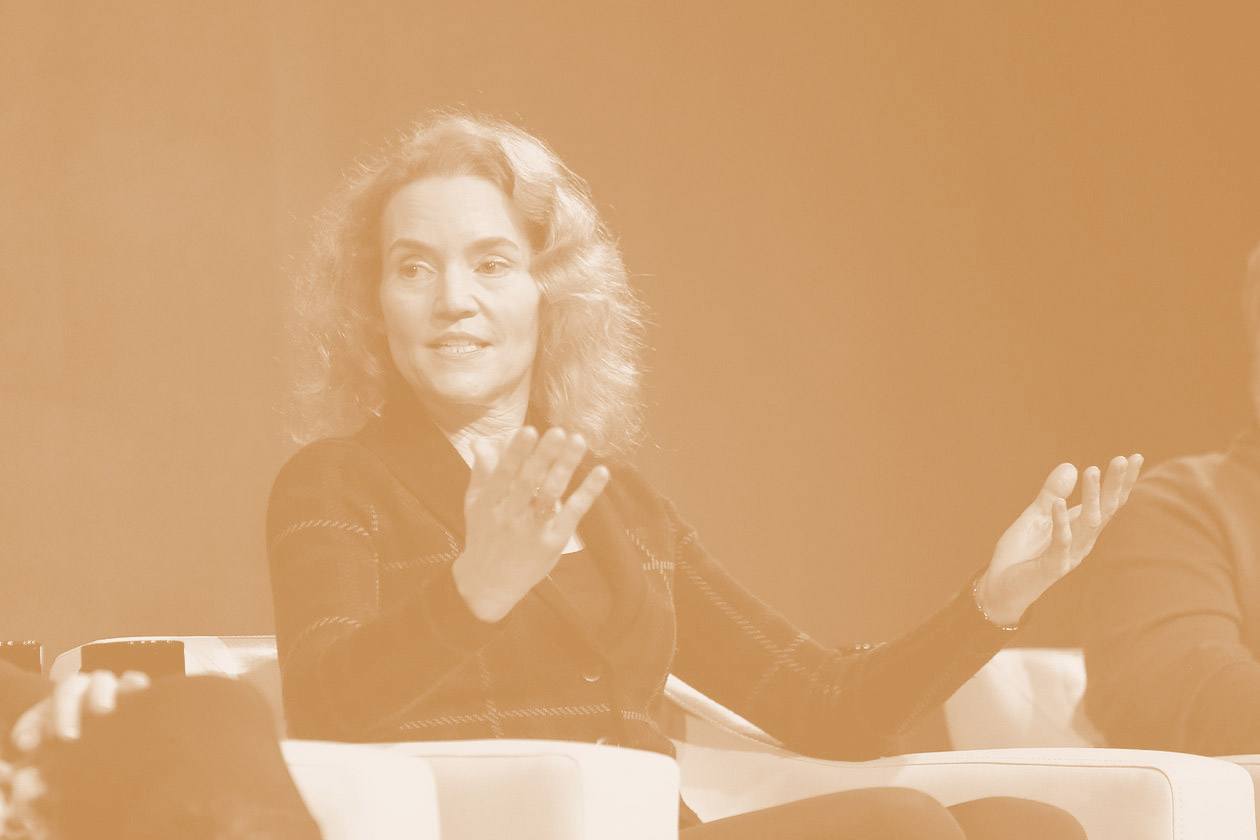 Prior to that Polese was the Chairwoman of
In 1997 TIME magazine identified Ms. Polese as one of the
Prior to that Polese was the Chairwoman of
In 1997 TIME magazine identified Ms. Polese as one of the
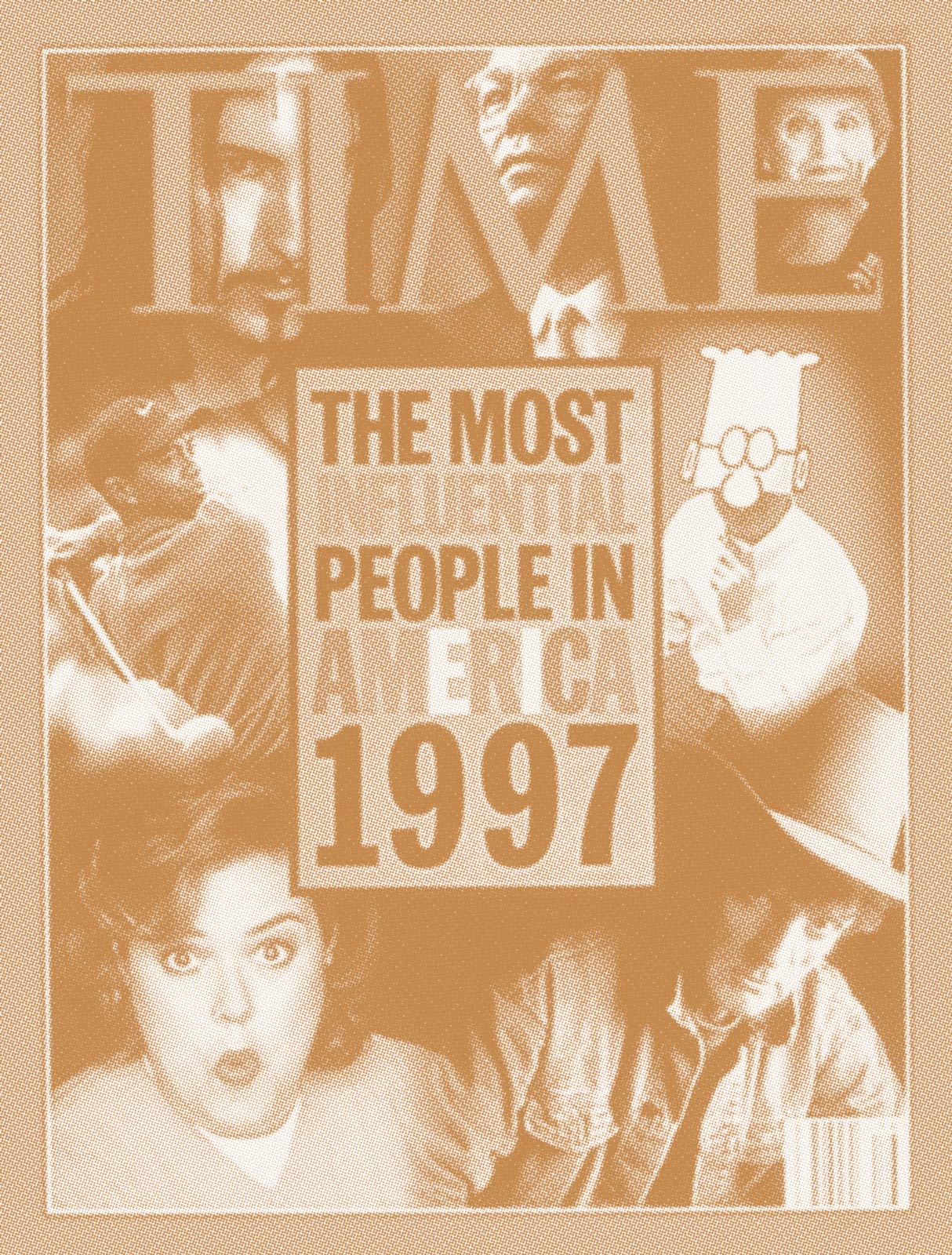 She has received numerous awards in recognition of her outstanding contributions
and professional achievements in technology and software advancement. Polese is
an
and serves on a number of boards, including the Silicon Valley Leadership Group,
TechNet, the University of California President's Board on Science and
Innovation, UC Berkeley's College of Engineering, the Long Now Foundation, the
Public Policy Institute of California and the Global Security Institute.
She has received numerous awards in recognition of her outstanding contributions
and professional achievements in technology and software advancement. Polese is
an
and serves on a number of boards, including the Silicon Valley Leadership Group,
TechNet, the University of California President's Board on Science and
Innovation, UC Berkeley's College of Engineering, the Long Now Foundation, the
Public Policy Institute of California and the Global Security Institute.
UC Berkley

UC Berkley
The University of California, Berkley is a public, land-grant research
university. Established in 1868, it was the first campus of the University of
California system and a founding member of the Association of American
Universities. Its 14 colleges and schools offer over 350 degree programs and
enroll 31,000 undergraduate and 12,000 graduate students. Berkley is ranked
among the world’s top universities by major educational publications. Kim Polese
did a
in 1984 where she studied a variety of sciences: physical, biological and
computer science. At that time she didn’t knew what she wanted to focus on, but
after taking one of her first computer class, she started to focus more and more
on computer science. At the same time she started teaching computer programming
at the Hall of Science to kids and adults
The Biophysics Graduate Group is an interdisciplinary PhD program hosted by the
California Institute for the Biosciences (QB3). Our program trains graduate
students for careers at the interface of the biological and physical sciences.
This interdisciplinary group provides an opportunity for interested students to
receive training leading to the PhD in Biophysics.
UW Seattle

UW Seattle
Kim Polese studied computer science at the UW where she had an equivalent of a
BA degree. The University of Washington (UW) is a public research university in
Seattle, Washington. Founded in 1861, it is one of the oldest universities on
the West Coast. As the flagship institution of the six public universities in
Washington state, it is known for its medical, engineering and scientific
research as well as its extremely competitive computer science, engineering and
business school.
Lawrence Hall of Science

Lawrence Hall of Science.
The Lawrence Hall of Science is a public science center in Berkeley, California
that offers hands-on science exhibits, designs curriculum, aids professional
development, and offers after school science resources to students of all ages.
The Hall was established in 1968 in honor of physicist Ernest Orlando Lawrence
(1901–1958), the University of California's first Nobel laureate. The Hall is
located in the hills above the University of California, Berkeley campus, less
than a mile uphill from the University's Botanical Garden. There, Kim played on
computers, and more specifically using
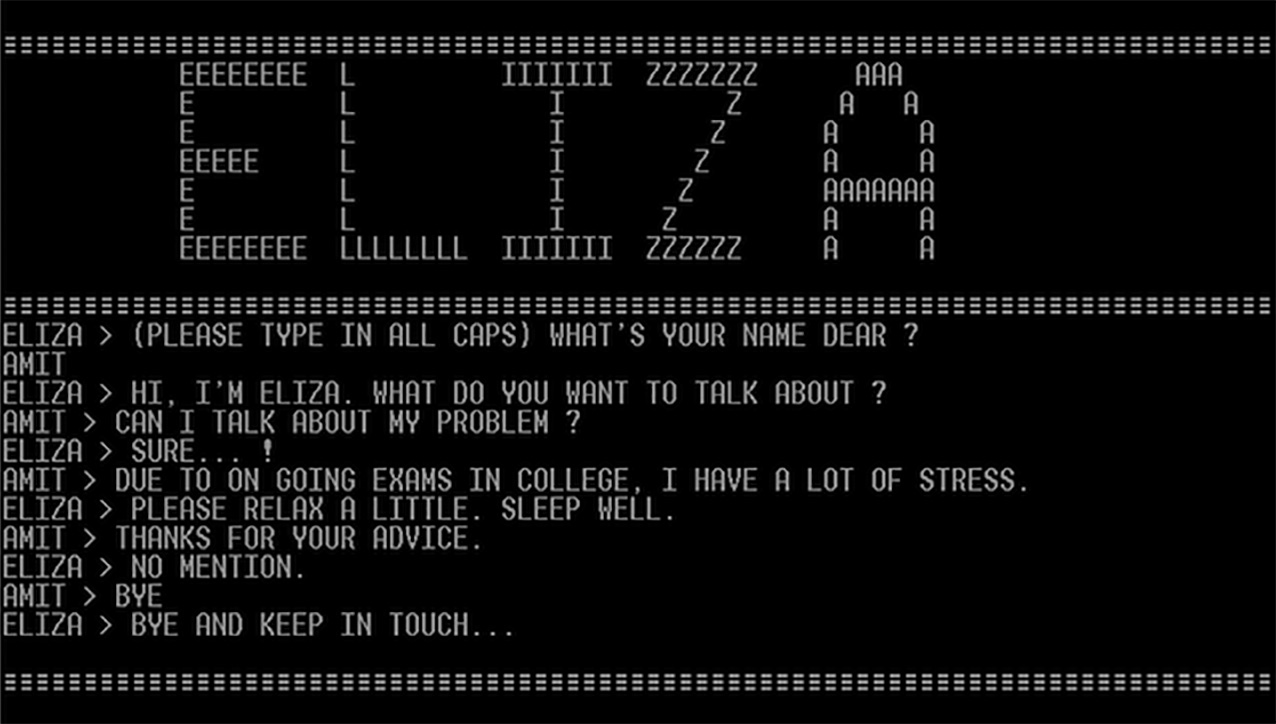
ELIZA Interface

Eliza Interface
ELIZA is an early
of the 70’s, natural language processing computer program created from 1964 to
1966 at the MIT Artificial Intelligence Laboratory by Joseph Weizenbaum. Created
to demonstrate the superficiality of communication between humans and machines,
Eliza simulated conversation by using a "pattern matching" and substitution
methodology that gave users an illusion of understanding on the part of the
program, but had no built in framework for contextualizing events
AI standing for Artificial Intelligence, is intelligence demonstrated by
machines, unlike the natural intelligence displayed by humans and animals, which
involves consciousness and emotionality. The distinction between the former and
the latter categories is often revealed by the acronym chosen
Silicon Valley
Silicon Valley
Silicon Valley is a region in the southern part of the San Francisco Bay Area in
Northern California that serves as a global center for high technology and
innovation. San Jose is Silicon Valley's largest city, the third-largest in
California, and the tenth-largest in the United States; other major Silicon
Valley cities include Sunnyvale, Santa Clara, Redwood City, Mountain View, Palo
Alto, Menlo Park, and Cupertino. The word "silicon" in the name originally
referred to the large number of innovators and manufacturers in the region
specializing in silicon-based MOS transistors and integrated circuit chips. It
was in Silicon Valley that the silicon-based integrated circuit, the
microprocessor, and the microcomputer, among other technologies, were developed.
The area is now home to many of the world's largest high-tech corporations,
including the headquarters of more than 30 businesses in the
such as Apple, Intel, Tesla and Netflix. The name also became a global synonym
for leading high-tech research and enterprises, and thus inspired similar named
locations, as well as research parks and technology centers with a comparable
structure all around the world. There, Kim Polese worked at
and then spent more than seven years at
After the successful launch of Java Kim Polese saw the opportunity linked to the
emergence of the web, so she founded
 with ex-java teams members. Then she joined a friend and became the CEO of
with ex-java teams members. Then she joined a friend and became the CEO of
Today only 3.6% of Fortune 500 companies are led by women
Founded in 1980, IntelliCorp was one of the first company to market an early AI,
called Expert System (Knowledge Engineering Environment – KEE) for development
and deployment of knowledge systems on the Lisp machines that had several
advanced features, such as truth maintenance. Kim was in charge to help Fortune
500 firms implement expert systems. The company was also one of the UML
Partners, a consortium which helped develop the standards for UML, the Unified
Modeling Language. In May 2019, IntelliCorp completed the sale of its assets
including LiveCompare, LiveModel and LiveInterface to Tricentis.
Founded on February 24, 1982, Sun Microsystem is an American company that sold
computers, components, software and information technology services. They
launched many famous technology such as
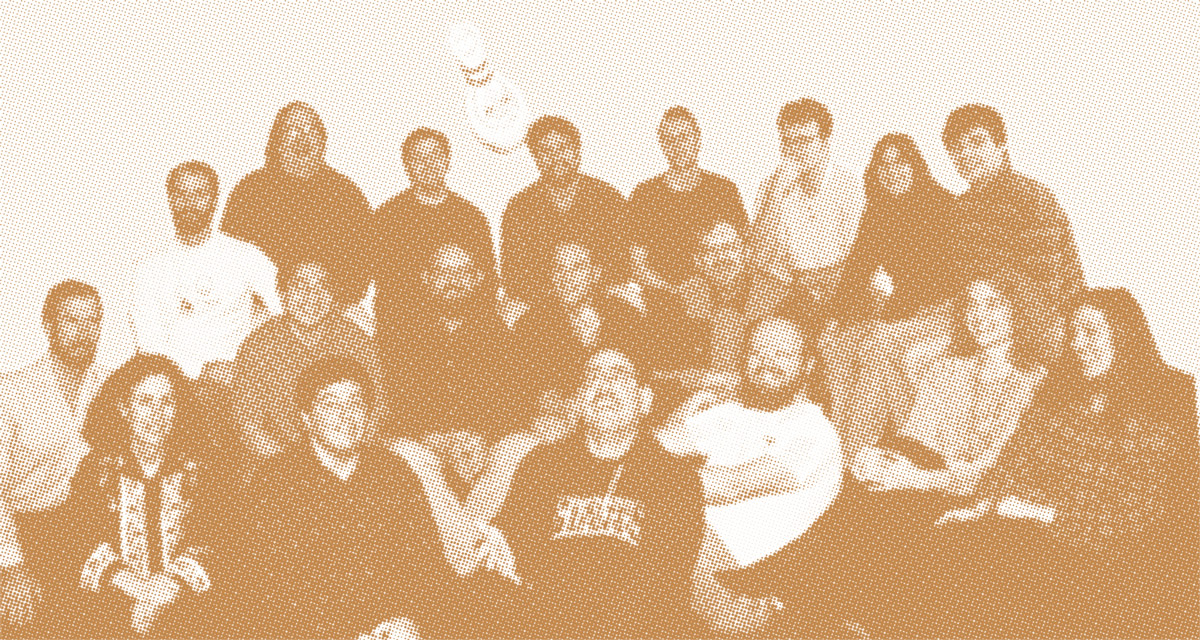 which Kim Polese was the project manager of, the Network File Systems, the
solaris operating system, but also contributed to Unix, RISC processors and
virtualized computing among others. On April 20, 2009, the company was sold to
Oracle Corporation for $7.4 billion. When Kim Polese entered, she was working on
Sun’s exploration of AI software possibilities. At some, she became the product
manager of C++.
which Kim Polese was the project manager of, the Network File Systems, the
solaris operating system, but also contributed to Unix, RISC processors and
virtualized computing among others. On April 20, 2009, the company was sold to
Oracle Corporation for $7.4 billion. When Kim Polese entered, she was working on
Sun’s exploration of AI software possibilities. At some, she became the product
manager of C++.
Java Team

Java Team
In 1983, Kim Polese discovered a secret project called « Oak » inside the
company. At the same time, Sun was looking for a project manager for this
project. Kim joined the team and worked on this new programming language which
future name would be « Java ». Java is a programming language that is designed
to have as few implementation dependencies as possible. The idea was to let
application developers write once and run it anywhere. It was able to run on
many platforms without any recompilation. Before going public, Java name was
Oak. It had to be renamed, because in 1994, Oak was used by Oak Technology.
Marimba Team

Marimba Team
Marimba Inc. pioneered Internet-based software management In 2004, Marimba was
sold to
for $239 million, nearly 15 times its venture capital reissued.
BMC Software, Inc. is an American enterprise software company which offers
software as a service (SaaS)-based and on-premises software and services in
areas including cloud computing, IT service management, automation, IT
operations, and mainframe. BMC is a privately held multinational firm with
multiple offices located around the world
SpikeSource is an open source focused, software certification company. Their
platform provides ISV's with resources that ensure interoperability,
scalability, and performance. They are currently partnered with Intel, and run
the certification process for applications in the Intel Business Exchange.
Kim Polese 2017

Kim Polese 2017
Crowdsmart is a collective intelligence platform that accelerates startup
traction and funding by helping investors to identify promising startups. It use
a technology called « Humain-empowered AI » which is a combination between human
and AI that quantify data in the form of a score. This investment model helps to
reduce the biases and give more visibility to start-ups who have few connection
in the industry. 4 years ago, for the first time Kim used the platform, she
discover that 42% of the higher-scores companies were founded or run by women.
To evaluate the efficiency of this technology, the company did 28 seed-stage
investments on different kinds of start-ups. The results proved an accuracy of
80% for profitable investments under 18 months. The technology is now sold as a
subscription to companies and investors, helping the technology to evolve, as
well as Crowdsmart.
ClearStreet Inc. was a company whose products and tools help employers and their
employees reduce their healthcare spend.
Time Magazine cover 1997

Time Magazine cover 1997
At that time she was the only computer industry executive on the list, right
before Steve Jobs, Bill Gates, Scott McNealy, Marc Andreessen, Steve Case or
Jerry Yang
The Aspen Institute is an international nonprofit organization founded in 1949
as the Aspen Institute for Humanistic Studies.The Institute and its
international partners promote the creation of a free, just, and equitable
society in a nonpartisan and nonideological setting through seminars, policy
programs, conferences, and leadership development initiatives.
The Henry Crown Fellowship Program, established in 1997, seeks to develop the next generation of community-spirited leaders, providing them with the tools necessary to meet the challenges of business leadership in the 21st century. Each year, a class of 20-22 leaders is chosen to engage in a thought-provoking journey of personal exploration—to move beyond success to a place of growing significance in the world.
The Henry Crown Fellowship Program, established in 1997, seeks to develop the next generation of community-spirited leaders, providing them with the tools necessary to meet the challenges of business leadership in the 21st century. Each year, a class of 20-22 leaders is chosen to engage in a thought-provoking journey of personal exploration—to move beyond success to a place of growing significance in the world.
At that time she was the only computer industry executive on the list, right
before Steve Jobs, Bill Gates, Scott McNealy, Marc Andreessen, Steve Case or
Jerry Yang